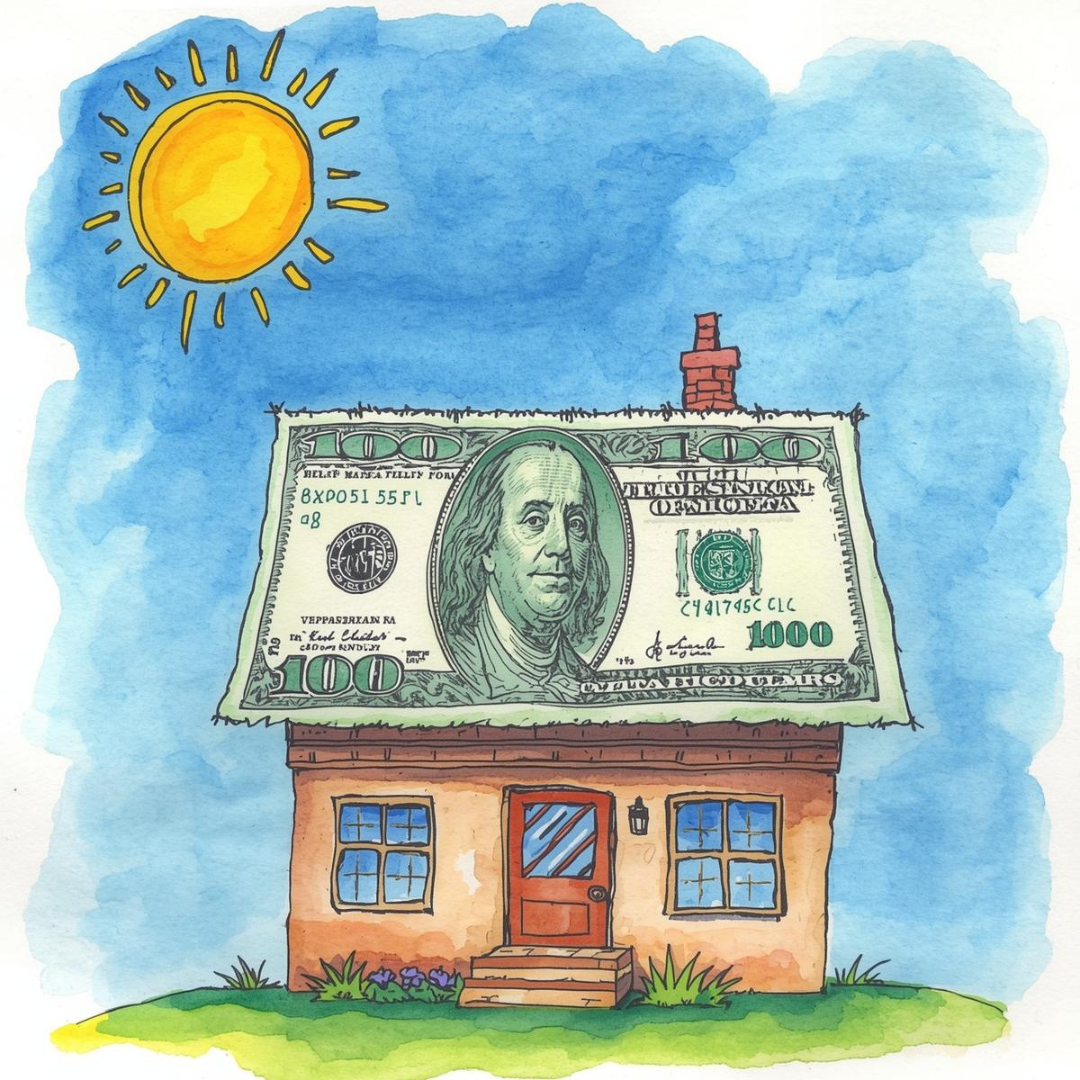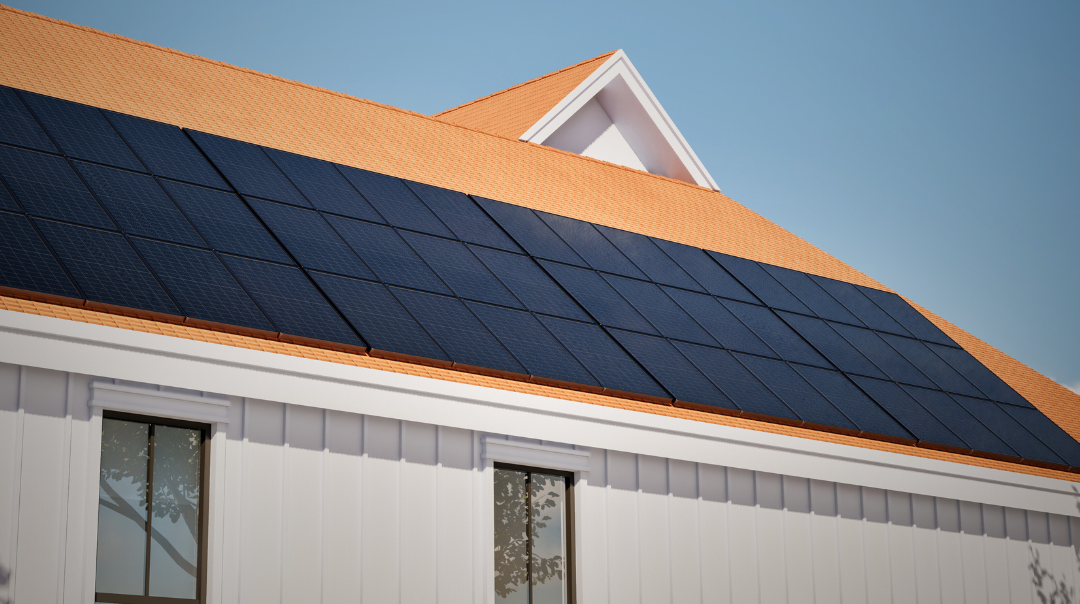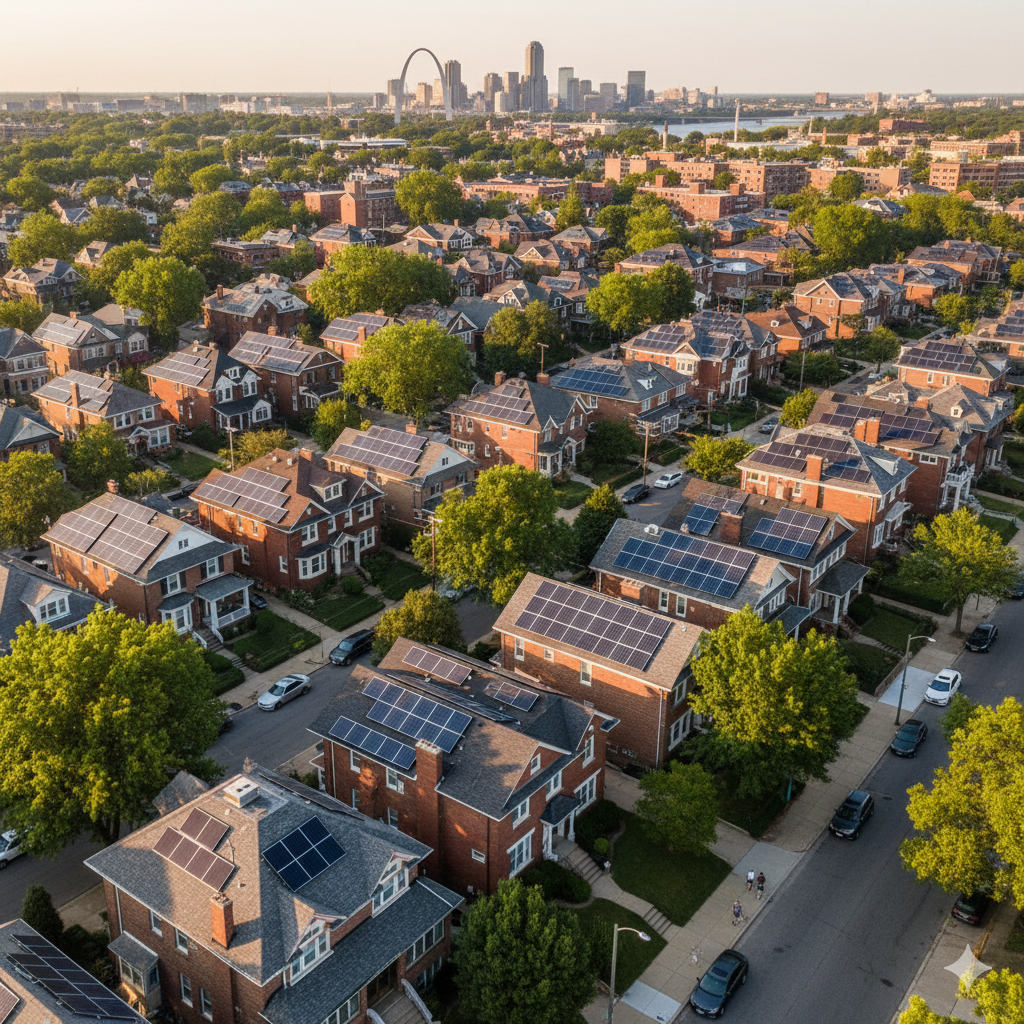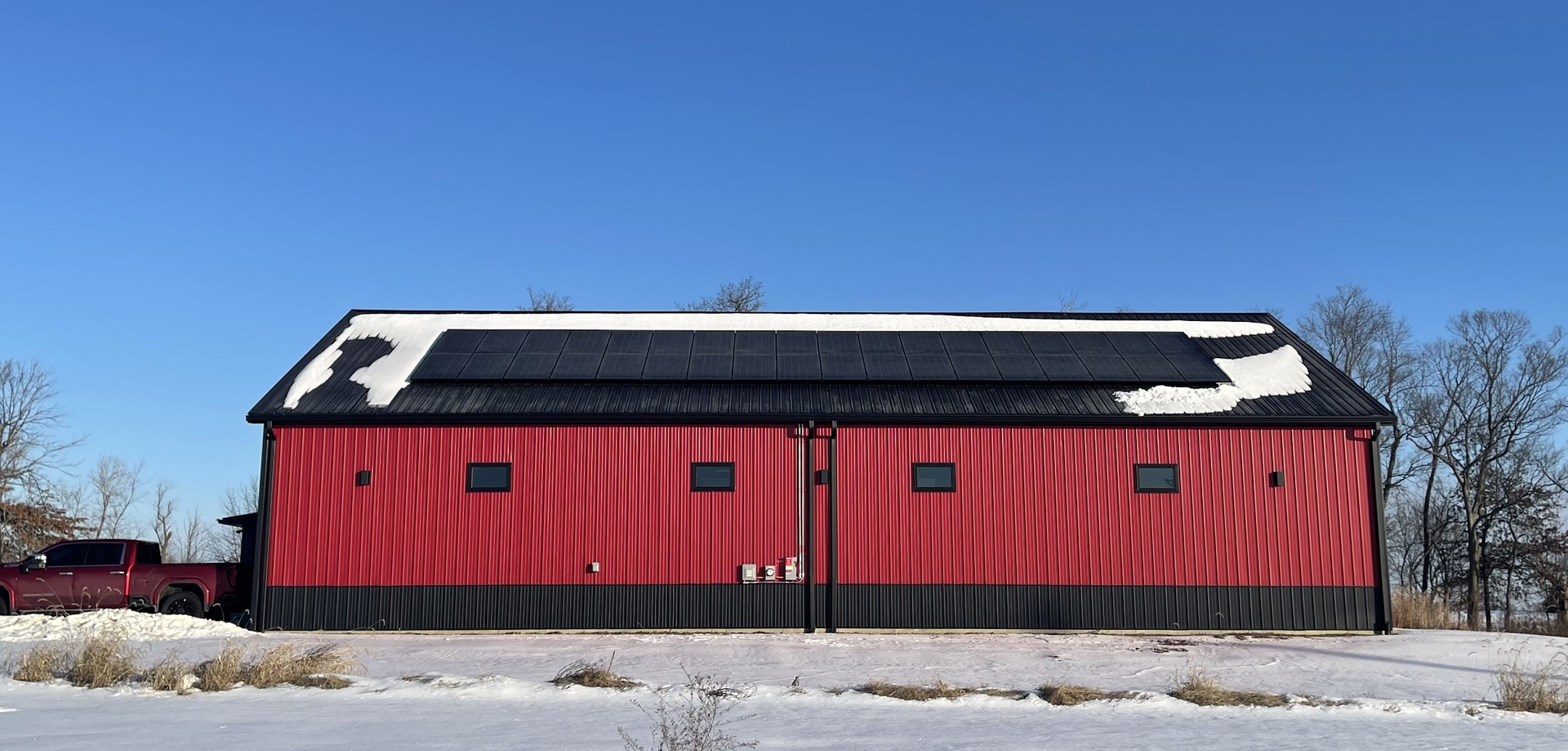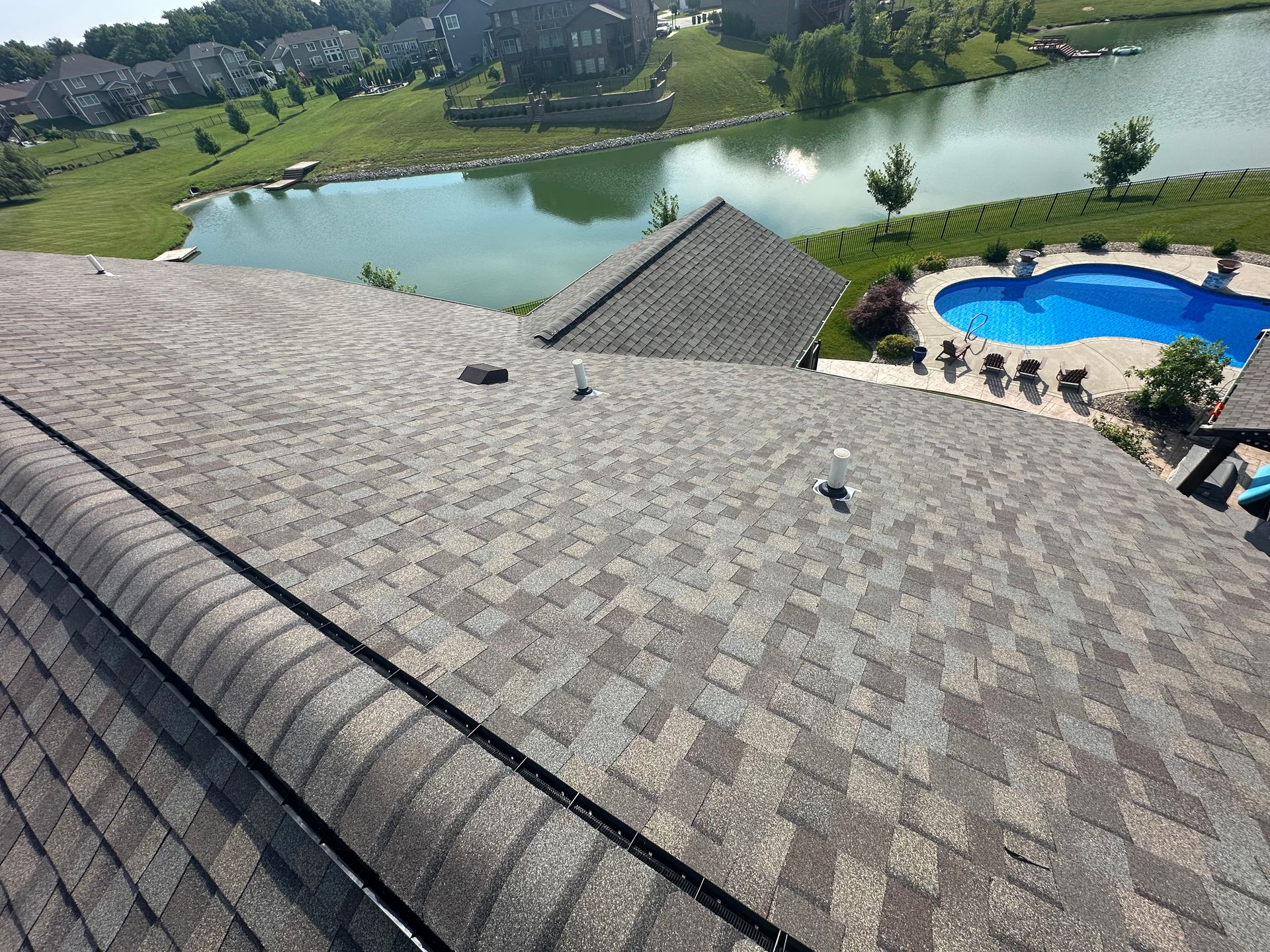The Roofing Red Flags You’ll Spot from Your Yard: A Homeowner’s Quick Guide
Your roof is the first and most important line of defense against the elements. But how do you know if it's in trouble without climbing a ladder and putting yourself at risk? The truth is, your roof gives you plenty of warning signs—you just need to know what to look for.
As a leading
roofer in the Midwest
,
SunSent Roofing is proud of our professionalism and commitment to fairness. We believe in empowering homeowners with knowledge, which is why we’ve put together this simple, step-by-step guide to help you spot the most common roofing red flags from the safety of your own yard.
Step 1: Walk the Perimeter and Look for Debris
Start your inspection by walking around the entire perimeter of your home. Use a pair of binoculars or your phone’s camera with the zoom function to get a closer look. Pay close attention to your lawn, patio, and especially your gutters.
The Red Flags:
- Granules in the Gutters: These small, sand-like granules are the protective outer coating of your asphalt shingles. They shield your roof from the sun’s UV rays and harsh weather. It's normal to see a small amount over time, but if you see a significant pile of them in your gutters or downspouts, it’s a major red flag that your roof is nearing the end of its life.
- Missing Shingles: This is the most obvious sign of a problem, often caused by high winds. A single missing shingle can lead to water damage, mold, and rot in the decking beneath.
- Random Debris: If you find pieces of shingles, siding, or any other roofing material scattered around your yard, it’s a clear sign that a recent wind or hail event has caused damage.
Step 2: Look for Curled, Cupped, or Cracked Shingles
Now, focus your gaze on the roof itself. Look for any shingles that don’t lay perfectly flat.
The Red Flags:
- Curled or Cupped Edges: If the edges of your shingles are either curling upward or cupping inward, it’s a sign that they are old and have lost their flexibility. This can also be caused by poor attic ventilation, which cooks the roof from the inside out and drastically shortens its lifespan.
- Visible Cracks: The constant expansion and contraction from temperature changes, combined with wind and hail, can cause shingles to crack. This leaves the waterproof underlayment exposed and vulnerable to leaks.
- "Bald Spots" or Discoloration: If you see any areas on the roof where the color is different or you can see the black asphalt underneath, it means the granules have worn off. Without this protection, the shingle will rapidly deteriorate and lead to leaks.
Step 3: Check the Roofline and Gutters
Step back from your home and get a good look at the roof’s overall shape and how the gutters are holding up.
The Red Flags:
- A Sagging Roofline: This is the most serious red flag you can find. A sagging or wavy roofline is not normal and can indicate a major structural issue with the roof decking or the rafters below. This is not a problem that can be ignored, as it can lead to a catastrophic collapse.
- Damaged or Sagging Gutters: Your gutters are a critical part of your roofing system. If they are clogged with leaves and debris, sagging from the weight, or pulled away from the house, water will not drain properly. This can cause water to pool on the roof, get under the shingles, and seep into your walls and foundation.
Step 4: The Look for Leaks (Inside)
While this blog post is about exterior checks, it's a good time to mention a few indoor signs that your roof is in trouble.
The Red Flags:
- Water Stains: Water stains on your ceiling or walls are the most obvious sign of a leak.
- Musty Smells: Musty odors in your attic or upper rooms can indicate a hidden moisture problem or mold growth from a slow leak.
- Peeling Paint: If the paint on your ceiling or walls is peeling or bubbling, it could be a sign of water trapped behind it.
Your Roof’s Condition Is a Serious Matter
These red flags are not just cosmetic issues; they are serious warnings that can lead to costly water damage, mold, and even structural failure. While this guide is a great first step, it is not a substitute for a professional inspection.
SunSent Roofing is proud to be a leading
roofer in the Midwest
. We use the latest technology, including drone inspections, to provide a detailed, accurate assessment of your roof’s health—all without ever setting a foot on it. Our team is committed to transparency and will provide you with a fair, no-obligation report and a clear plan for moving forward, whether that’s a simple repair or a full replacement.
Frequently Asked Questions (FAQ)
Q: If I spot one of these red flags, does it mean I need a full replacement?
A: Not necessarily. A single missing shingle is a simple repair. However, widespread issues like granular loss across the entire roof, multiple curled shingles, or a sagging roofline are strong indicators that it is time for a full replacement.
Q: How often should I visually inspect my roof?
A: We recommend a visual inspection at least once a year, preferably in the spring or fall. It is also a good idea to perform a quick check after any major weather event, such as a severe hailstorm or high-wind storm.
Q: Do you offer free roof inspections?
A: Yes.
SunSent Roofing
offers free, no-obligation inspections for any homeowner who is concerned about the state of their roof. We’ll provide an honest assessment and tell you exactly what’s going on up there.
Don’t wait for a leak to tell you there’s a problem. Protect your home and your peace of mind. Contact
SunSent Roofing
today at
636.757.3083 to schedule your free, professional roof assessment!
